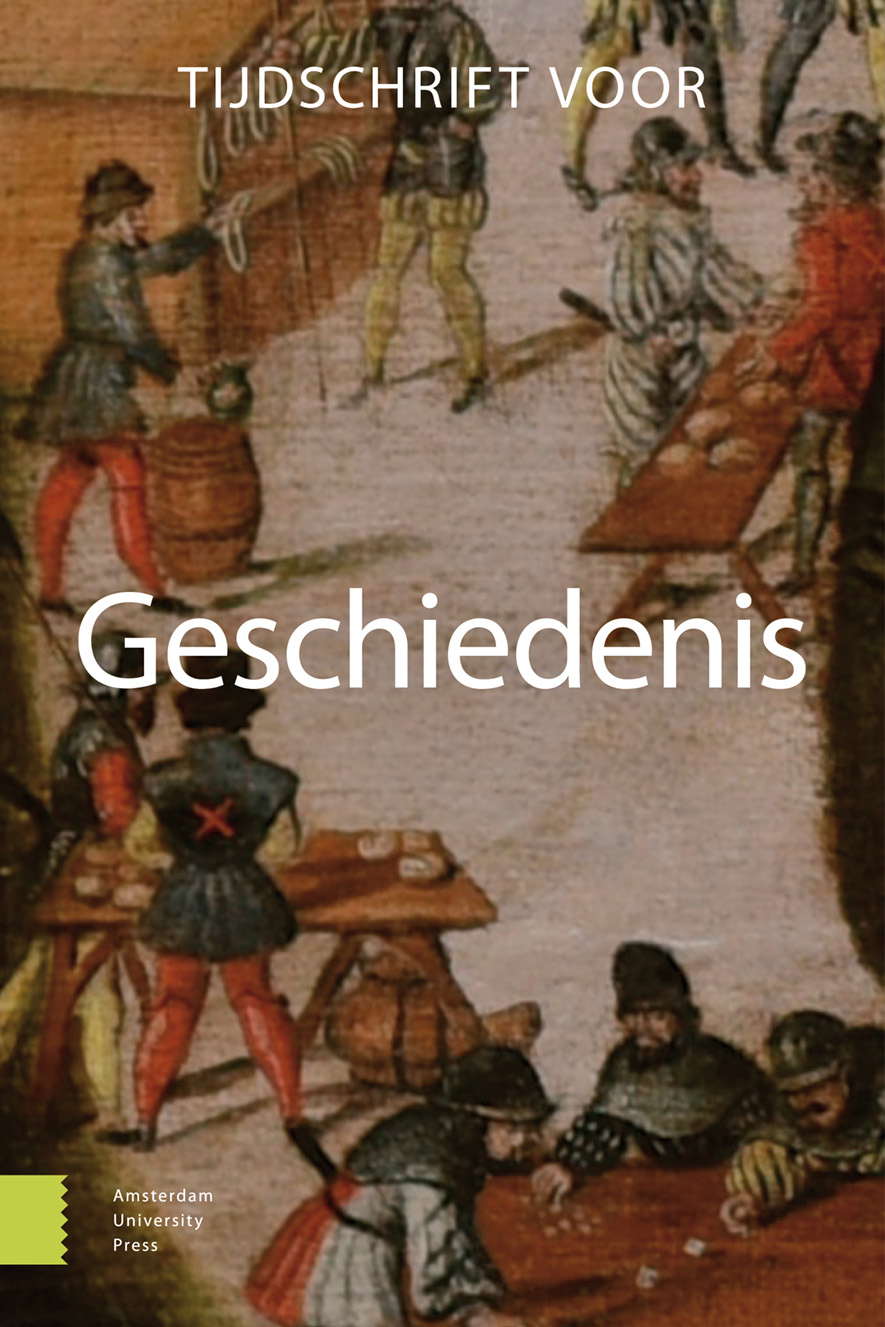-
OAGraffiti in Venetië
Teksten, tekeningen en posters in een vroegmoderne Italiaanse stad
- Amsterdam University Press
- Source: Tijdschrift voor Geschiedenis, Volume 131, Issue 1, mrt. 2018, p. 73 - 94
Samenvatting
Graffiti in Venice. Texts, drawings, and posters in an early modern Italian city
This article examines how and why Venetians wrote on walls in the early modern period. From the Piazza San Marco area – the city’s political and religious heart – to the peripheral quarantine island and the ducal prisons, it analyses the locations and meaning of official and subversive writing practices, using archival, archaeological, and visual sources. By first examining accepted forms of writing and drawing on walls and pillars, the article aims to offer a broader contextualization of the graffiti and placards that attacked those in power. Social historians have shown that ordinary people were integral to pre-modern political dynamics. Yet Venice is still often portrayed as la Serenissima, an exceptionally serene city-state, an image constructed and projected during the late medieval and early modern period. A further investigation of subversive writings in the Venetian urban landscape can help to establish the political role of ordinary Venetians.


